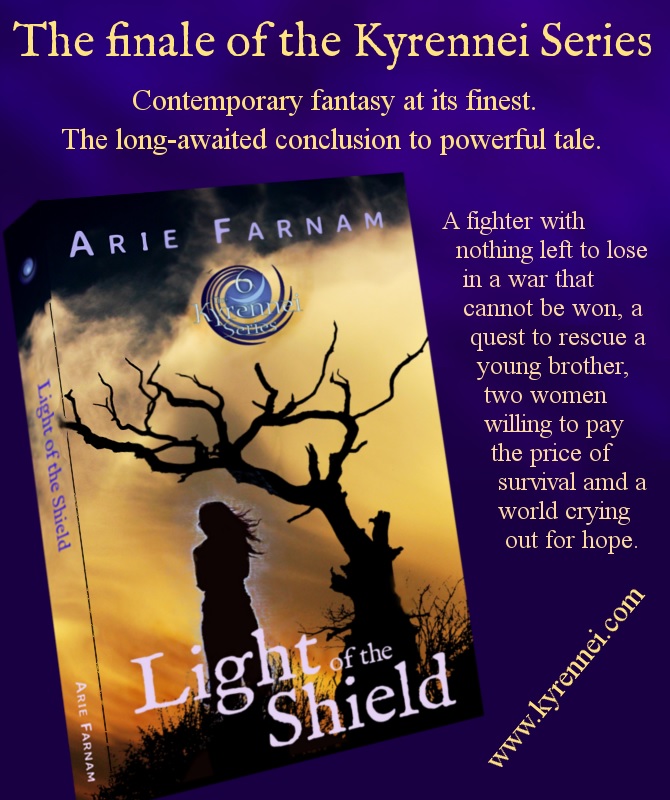Of Barbies and Guns: A mom in the crossfire of gender stereotypes
/When my daughter was a baby, I swore we would have no pink. I never liked pink in the first place. It reminds me of overly sweet synthetic medicine and being sick as a child.
And it promotes gender stereotypes.
But then I was given baby clothes. My family lives on modest means and it’s against my religion to be wasteful. When you’re a new mother in a circle of friends at the lower end of the middle class, you're in the baby-clothes rotation system whether you like it or not. It’s silly to buy new when your friends are desperate to reclaim their closet space.
The problem was that mostly I was given pink. Some boy clothes turned up but mostly I had garbage sacks full of tiny pink dresses.
When I—on rare occasions—actually bought baby clothes, they were never pink. And my daughter wore the non-pink clothes we acquired to rags. Every day I told her she was strong and smart. (And she was.) She was also very pretty and I tried not to tell her that too often.
I had the dream that my children would grow up without the limitations of sexism and gender stereotypes. When I was a child my parents were firmly anti-establishment and I never had pink dresses. I owned only one doll before the age of seven and I played swords with my brothers. I am convinced that this played a positive role in my development.
But my daughter had other ideas.
My daughter adored pink from the beginning. Before she could talk, she would watch me pick out her clothes and she would reach down under the pretty blue and green dresses to the pink ones hidden at the bottom of the drawer. She’d howl any day that I insisted she where something not pink. Pink was the first color she learned to name.
Let’s be clear. I was a “good” mother. I listened to the American Pediatric Association. My child never saw a lighted screen before the age of two, except in passing at someone else’s house. We don’t own a TV. Our storybooks were about nature, boys and very non-princess-like girls. She didn’t get this infatuation with pink from the media.
When I was growing up, “feminists” were people (like my parents) who insisted that men and women are exactly the same on the inside. I simply couldn’t believe that a little girl could be inherently drawn to the color pink by something encoded in her DNA.
But as much as I am a feminist, I’m not a controlling parent with an ideology to force down my child’s throat. So, I relented and let her wear pink. I even started buying pink clothes. I even allowed a few princess books to sneak into the house, even though I still buy the anti-princess books too.
You see. I have these troubling memories from my own childhood. Yes, I grew up out in the sticks with two wild brothers and no TV. Yes, I enjoyed playing swords and army and building forts and Legos and sled racing.
But deep down inside, I longed for dolls and dresses. I loved my first doll and still own her, ragged and bleached by time as she is. And I notice that when we drew pictures as children, my brothers drew pictures of complex military battles and underground hide-outs. I drew ladies with amazing princess dresses and little high heels.
Where in the world had I even SEEN high heels at that point? (Seriously. I not only didn't have a TV, was also legally blind.)
I remember the day my daughter saw high heels for the first time. My adult niece was living with us then and she was dressing up to go to a traditional European winter ball. So, she pulled out a pair of bright red heels from a deep closet and put them on under her dress.
My two-year-old’s mouth dropped open and her eyes literally went as round as quarters. She reached out her little hands and nearly fell over in a swoon of ecstasy. And that was the beginning of a true obsession.
It only took seeing them once and my little girl was hopelessly enthralled. For the past five years, not a day has gone by without my hearing about high heeled shoes, who has them, what color they are, what they sound like, "when when when when" she will be allowed to destroy her feet with them.
I may have drawn pictures of high heeled shoes as a toddler, but I grew out of the interest long before I was a teenager. I have never even been tempted to wear them. As a young adult I simply thought they were ugly, stupid and a plot by patriarchal men to slow women down. Now I really and truly hate them, but I have to admit that I haven’t been able to find a man who likes them either.
Over the years, I have given in inch by inch, because I AM NOT one of those controlling parents who doesn’t accept their child for who he or she really is, now am I? (Written with gritted teeth.)
My daughter now owns more princess dresses than will fit in the jumbo dress-up box. We’ve spent a small fortune trying to lure her away from high heels with sparkly pink, shiny black, frilly white, red-hot and every other imaginable type of princess slipper. She owns a dozen very pretty dolls (very multicultural, mind you), a play kitchen and boxes upon boxes of ignored puzzles, legos, blocks, train sets and books. She even owns pretend make-up, real nail polish and many tubes of organic lip balm (organic because she likes to eat it rather than just wear it).
I eventually simply gave up on trying to raise a non-stereotypical girl. My hope lay in my son.
I couldn’t very well dress him in dresses in the conservative Eastern European country where we live. But I did everything short of that. He had dolls before he could crawl. He wore diverse colors, including pink. He got stories about strong women and kind men (along with all the stories read to my daughter). And the first time he saw fictional violence on TV during a visit to someone else’s house, he ran to me crying that someone was hurt.
The truth is that my son is very kind and sensitive. At age five, he is still confused about why some kids at preschool insist that boys can’t wear pink when he and his best friend really like pink along with lots of other colors. But he likes camouflage more. A lot more. Sigh.
And his initial reaction to toy cars was very similar to my daughter’s reaction to high heels. His first word was not “Mama” or even “Papa,” but “backhoe.”
Having kids will always make you rethink your beliefs one way or another. And for me, it has meant the grudging conclusion that at least some boys and some girls do have hardwired stereotypical tendencies.
If there was ever an environment that would have promoted a more balanced division of clothing and toys between children it was ours. Being an immigrant and unable to drive, I spent most of my children’s toddlerhood isolated from society as well as TV media. I was very careful in my approach to the issue, neither pressing one way or the other, providing many different toys and books.
But the preferences of my children were clear from an early age and stated in no uncertain terms.
Today, my son is a camo-crazed truck and soldier enthusiast with a heart of gold, who wants to rescue the vulnerable and chase away bad guys without actually hurting them. He’s a quick reader and loves to draw things with wheels. He hordes dolls and stuffed animals but doesn’t actually play with them. My daughter is Elsa-obsessed and yearns to watch make-up videos on YouTube. She’s also reasonably good with numbers and puzzles, extraordinarily strong-willed and the more violent of the two.
Parents, you can’t win.
There are things I draw the line at--primarily toy guns and Barbies. Sometimes unwise friends or relatives gift the children such objects. I quietly discourage the adult offenders and grit my teeth through a few days of domestic disgust until these objects are carelessly left lying around and then they are disappeared. I have talked to my kids about both issues, quite openly. I don’t like toy guns that don’t shoot projectiles because they promote unrealistic ideas about firearms and play into a violence obsession in our society that I find extremely harmful. Barbies are ugly, difficult to dress and promote ideals of women being anorexic, clumsy, appearance-focused and brainless.
My son gets to have bows and arrows and swords because these are not quite as poorly used by the entertainment media, but it’s a fine line. He also gets to have toy soldiers and tanks because they can be used to talk about history and real warfare. Hiding from the hard things in life will do us no good. But Mama has to draw the line somewhere.
As for my daughter, beyond clothes, shoes and make-up, she is sometimes interested in drawing and music. I promote these interests with great gusto, as somewhat more wholesome gender stereotypes. She does get lots of pretty stuff and lots of dolls. Just not Barbies. She gets to watch Disney princess movies but not Barbie or Lego Friends and other things that portray girls as cliquish and ditsy. She’ll get to wear high heels when she’s reached her full height.
These are my lines and my husband’s lines, where we have been able to draw them. Every situation is different. Would I outlaw all military toys and pretend make-up until age twelve if I could? Probably. I’m not judgmental of other parents who are trying to find balance in other ways.
It isn’t easy trying to bring up well-balanced children in a media-saturated, fashion-aware world. If you come up with any nifty secret strategies, please let me know.
















